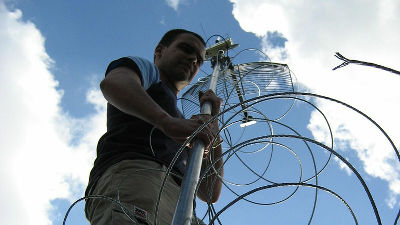Department of Defense to develop technology capable of wireless communication speed of 100 Gbps even in areas without optical fiber
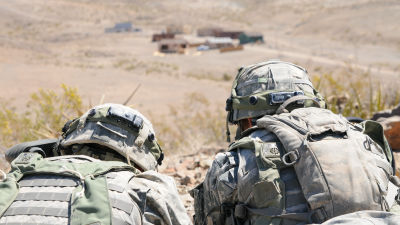
ByThe California National Guard
Commercial wireless networks have also made considerable progress, but wired connections have differences that can not be filled in terms of speed and reliability. This is a problem that can not be overlooked as an American military who has the opportunity to dispatch troops to various parts of the world, and the Defense Advanced Research Projects Agency (DARPA) of the US Department of Defense has set a speed of 100 Gbps even in areas without optical fiber backbones We started a development plan for technology.
PROPOSERS 'DAY CONFERENCE FOR 100 Gb / s RF BACKBONE (100 G) PROGRAM - Federal Business Opportunities: Opportunities
https://www.fbo.gov/index?s=opportunity&mode=form&id=e21984e31d49c3780966a53983daa4f6&tab=core&_cview=0
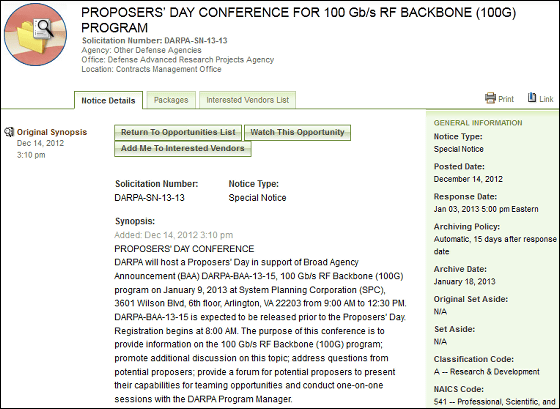
2012/12/14 Deployable Radio Frequency Data Backbone To Match Fiber Optic Capacity
http://www.darpa.mil/NewsEvents/Releases/2012/12/14.aspx
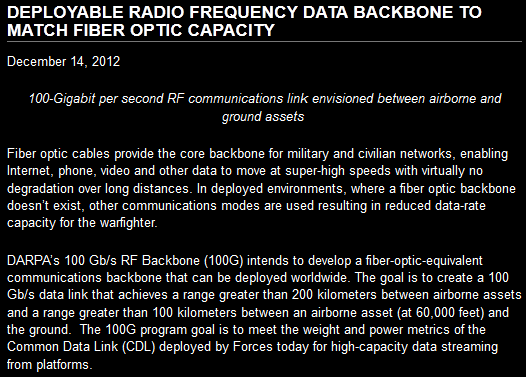
DARPA looks to create wireless Skynet with fiber-like, 100 Gb bandwidth | Ars Technica
http://arstechnica.com/information-technology/2012/12/darpa-looks-to-create-wireless-skynet-with-fiber-like-100gb-bandwidth/
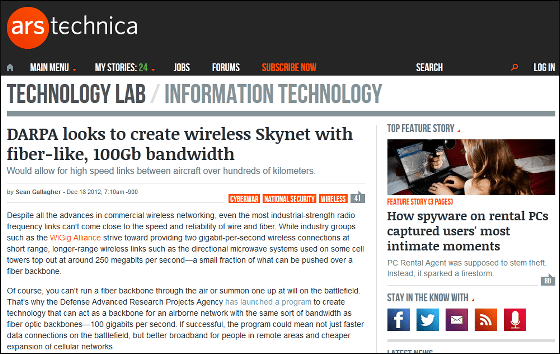
According to DARPA, optical fiber forms the core backbone of high-speed Internet, so that regardless of military or civilian it is possible to enjoy the net without problems even at long distances, to make a phone call, to transfer video and data I will. However, when the area where the optical fiber is not laid is used, since it uses other networks, the data transfer rate is reduced.
Therefore, DARPA will be able to communicate at the same speed as the optical fiber, and will start a "100 Gbps wireless backbone" plan that can be deployed worldwide. The plan aims to achieve 100 Gbps communication between the ground and altitudes above 200 km. To this end, it is necessary to exceed the limit of the modem common data link (CDL) standard protocol currently in use.
In the US military etc.Early Warning Control Machine (AWACS)Although it is operated, the collected data is enormous, it is very impossible to send it to a unit deployed on the ground as it is. Therefore, for example, currently operatedE-3Depending on the type, 13 or 17 operators boarded, minimizing the data sent to the unit. Besides, AWACS is very expensive. In the case of the E-3 mentioned above, the US military has raised about 9 billion yen for one aircraft and British forces about 15 billion yen, but if you can, it is a place you want to make it cheaper.

ByEmperley 3
In addition, many unmanned reconnaissance machines put into the battlefield are collecting huge amounts of data, but there is also a desire to transfer this to the AWACS, another aircraft, or the headquarters in as high a quality as possible. Ars Technica, what DARPA's aim is going to be on the terminator "SkynetIt is similar to saying that.
What is considered to be promising in promoting the plan is the technique currently used to collect a lot of dataSynthetic aperture radarIt is a route to apply.
It is installed in fighter aircraft etc.AESA radarHas both a radar function and a data link function. DARPA has proven that it is possible to create a mobile ad hoc network in the air by connecting a data modem to the AESA radar. The network speed at this time was 4.5 Gbps, but DARPAMillimeter wave (EHF)By improving communication technology, we are aiming for speed jump-up.
AESA radar (Phased array radar) Is a substitute that there is no need to swing the radar itself because many small antennas are attached on the plane.
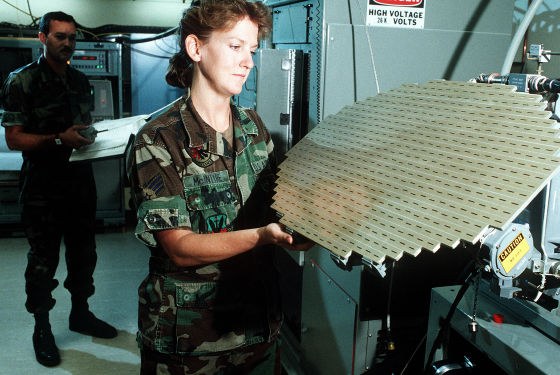
ByExpertinfantry
Equipped with AESA radarF / A - 18 F Super Hornet
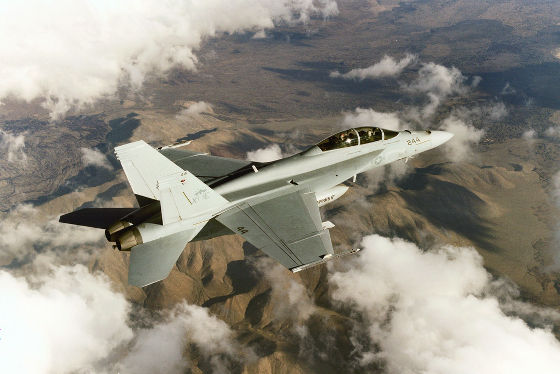
ByMashleymorgan
Millimeter waves are generally used for communication at short distances in the visible range. However, DARPAQuadrature Amplitude Modulation (QAM)We are thinking that it will be able to use clouds through long distances through signal conditioning, and that it will demonstrate high processing capability.
Although DARPA sees this technology from a purely military point of view, when this technology becomes for consumer use, it seems that a big ripple effect will come out to mobile phone operators and wireless communication operators.
Related Posts:
in Science, Posted by logc_nt
